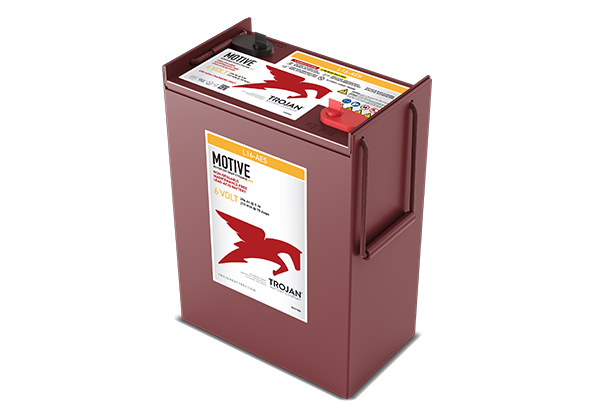Hi all,
My first post, been lurking and trying to understand as much as I can, please bear with me. I do not own an RV yet and have not bought anything for this adventure.
I have thoughts of modifying a 25 ish foot bumper pull RV for a one ish year 'walkabout', mostly in southwest. From what I have read I think I would have 400-600ah battery bank.-AGM? A 3000 watt pure sine hybrid inverter/charger with the ability to use mostly generator and battery power for surges.
Honda EU2000 portable generator if I would need to run the air unit or to charge batteries. Solar panels and mppt solar charger and of course battery monitoring system. I am leaning towards Victor equipment for compatibility reasons.
I have done extensive camping in a tent and have never stayed or played in an RV. I don't know much about converting watts to AH and hope I can get some help on here. I know I have left out the water pump and any furnace blower usage. I have guessed at some of the wattage and thought this was good enough to share here. I think without considering any inefficiencies I would use 221ah in a day?
My first post, been lurking and trying to understand as much as I can, please bear with me. I do not own an RV yet and have not bought anything for this adventure.
I have thoughts of modifying a 25 ish foot bumper pull RV for a one ish year 'walkabout', mostly in southwest. From what I have read I think I would have 400-600ah battery bank.-AGM? A 3000 watt pure sine hybrid inverter/charger with the ability to use mostly generator and battery power for surges.
Honda EU2000 portable generator if I would need to run the air unit or to charge batteries. Solar panels and mppt solar charger and of course battery monitoring system. I am leaning towards Victor equipment for compatibility reasons.
I have done extensive camping in a tent and have never stayed or played in an RV. I don't know much about converting watts to AH and hope I can get some help on here. I know I have left out the water pump and any furnace blower usage. I have guessed at some of the wattage and thought this was good enough to share here. I think without considering any inefficiencies I would use 221ah in a day?
| AC Watts | Hours used | |||
| AC watts | DC Watts | |||
| Router | 10 | 6 | 60 | |
| Apple TV | 2 | 6 | 12 | |
| Vornado Fan |
44 | 6 | 264 | |
| 2-Fantastic Roof Fans |
12 | 860 | ||
| Tv | 100 | 4 | 400 | |
| Laptop | 100 | 4 | ||
| Phones | 4 | 96 | ||
| Ipad | 4 | 48 | ||
| Microwave | 1500 | 0.1 | 150 | |
| Hair Dryer | 1500 | 0.1 | 150 | |
| Toaster | 800 | 0.2 | 160 | |
| Radio | 5 | 100 | ||
| Inverter | 6 | 180 | ||
| Lights | 5 | 50 | ||
| 1196 | 1334 | |||
| Dc amps | 110 | 111 |

Comment